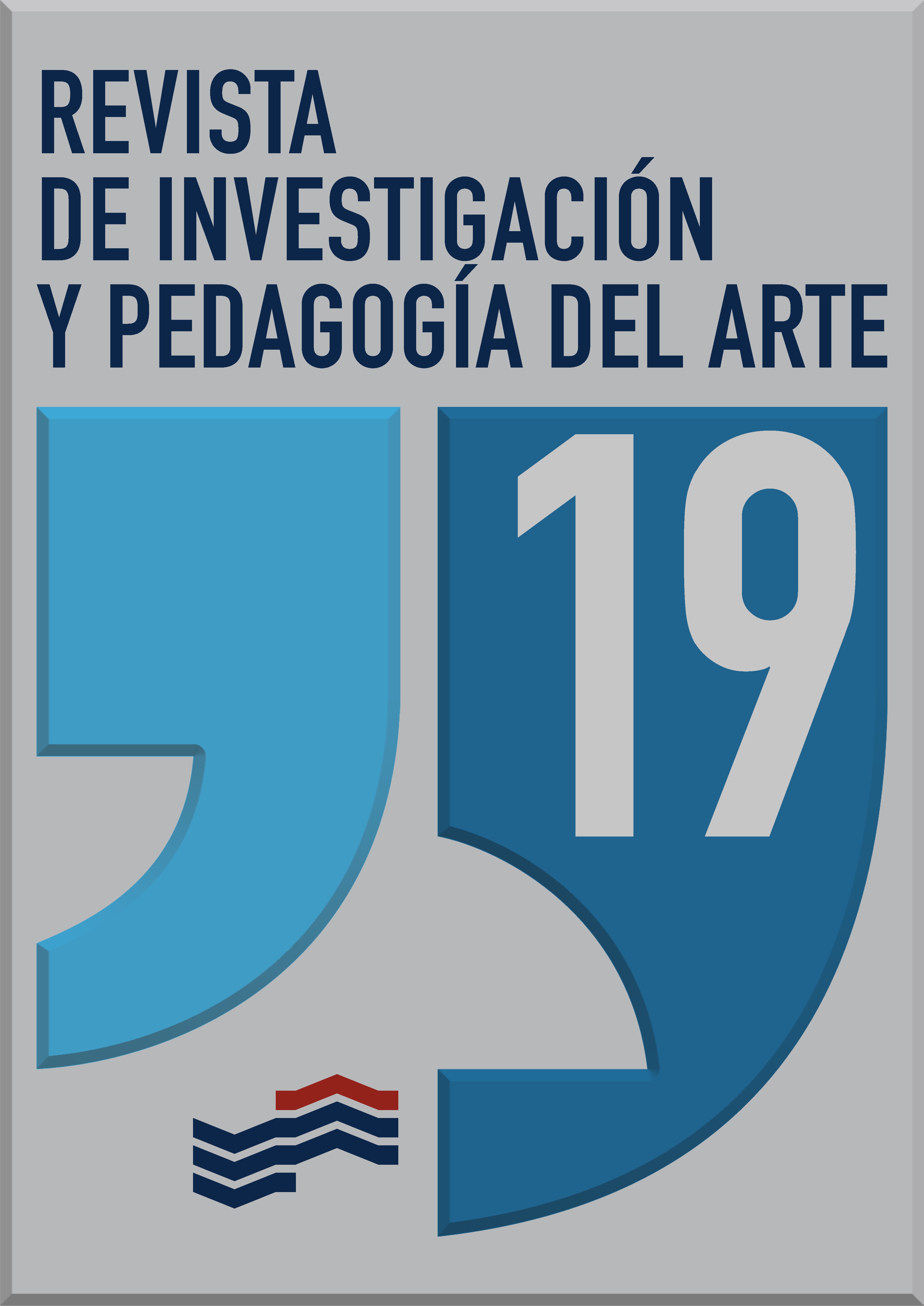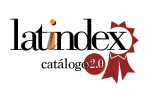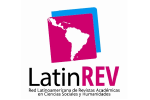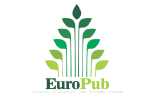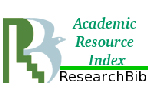Arts education at the upper secondary level. Case study of the Municipality of San Luis Potosí, Mexico
DOI:
https://doi.org/10.18537/ripa.19.04Keywords:
artistic education, higher secondary education, public educationAbstract
In this paper we will be analyzing the overall panorama of art education at the upper secondary level in the Municipality of San Luis Potosí, Mexico, which, although it is located in a specific territory, it still allows us to have an approximation of the general overview of art education in Mexico at this level of education. In order to carry out this analysis, a comparative methodology out of the curricular maps and study plans of the three public systems of higher secondary education present in the municipality is used: general high school, technological high school and four semesters general high school, as well as some interviews with art teachers. The main results of this research indicate that the Nueva Escuela Mexicana model has led to progress in art education programs at the upper secondary level, although there are still concerns about the proper training of teachers who teach these subjects, the need to increase the number of semester hours for this type of education, as well as the importance of extending the art education curriculum to other semesters at the upper secondary level.
Downloads
References
Arnheim, R. (1993). Consideraciones sobre la educación artística. (3a ed.). Paidós.
Capistrán, R. (2018). Reflexiones sobre la educación artística a nivel básico en Aguascalientes: Implicaciones para la educación superior. Revista Electrónica Educare, 22(2), 343-356. https://dx.doi.org/10.15359/ree.22-2.19
Colegio de Bachilleres. (2018). Interdisciplina Artística. México, Ed. SEP.
Colegio de Bachilleres. (2018). Literatura I. México, Ed. COBACH.
Colegio de Bachilleres. (2023). Programa de la Unidad de Aprendizaje Curricular. Artes II. México, Ed. COBACH.
Colegio de Bachilleres. (2024). Programa de la Unidad de Aprendizaje Curricular. Humanidades I. México, Ed. COBACH.
Colegio de Bachilleres. (2024). Programa de la Unidad de Aprendizaje Curricular. Humanidades II. México, Ed. COBACH.
Efland, A. (2002). Una historia de la educación del arte. (3a ed.) Paidós.
Espitia, J. y Fernández, T. (2023). La educación artística como escenario para el desarrollo de capacidades creativas. Acción y reflexión educativa (48).
Félix, K. (2023). La educación Artística en México. afluir. Revista de Investigación y Creación artística 1(8), 7 16. https://doi.org/10.48260/ralf.7
Fullan, M. y Langworthy, M. (2014). Una rica veta. Cómo las nuevas pedagogías logran el aprendizaje en profundidad. Ed. Pearson.
Garner, H. (1994). Educación Artística y Desarrollo Humano. Ed. Paidós Ibérica S.A.
Garner, H., (1995). Inteligencias Múltiples. La teoría en la práctica. Ed. Paidós, Barcelona.
González, M. Abad, E. (2020). Educación artística y creatividad: su importancia en la educación superior. En: Sañudo L. Ademar, H. (Coords.). Miradas y voces de la investigación educación II, (pp. 145 – 161). Ed. Universidad Católica de Córdoba.
Goleman, D. (1995). Emotional Intelligence. New York: Bantam Books. Barcelona: Ed. Paidós.
Goleman, D. y Senge, P. (2016). Triple Focus. Un nuevo acercamiento a la educación. Ed. Ediciones B.
Martínez, V. (2014). Retos para la educación musical en México. Correo del Maestro. Recuperado en: https://issuu.com/edilar/docs/cdm-214
Meneses, E. y Valencia, E. (2023). El impacto de la educación artística en el desarrollo integral de los estudiantes. Bastcorp International Journal, 2(2), 15-24. https://doi.org/10.62943/bij.v2n2.2023.29
Montoya, G., Oropeza, R. y Ávalos, M. (2019). Rendimiento académico y prácticas artísticas extracurriculares en estudiantes de bachillerato. Revista electrónica de investigación educativa, 21(13). https://doi.org/10.24320/redie.2019.21.e13.1877
López, M. (2010). El papel de la música y las artes en una educación integral. (2010). Arte y Movimiento, (3). https://revistaselectronicas.ujaen.es/index.php/artymov/article/view/594
Palacios, L. (2006). El valor del arte en el proceso educativo. REencuentro. Análisis de Problemas Universitarios, (46). https://www.redalyc.org/articulo.oa?id=34004607
Pinargote, K. et al. (2022). La Expresión Artística en el Desarrollo Integral de la Educación Inicial. Polo del conocimiento 7 (5). 321-334.
Puerta, S. y Suárez, M. (2022). Estrategia didáctica mediada por el aprendizaje autorregulado para el desarrollo del pensamiento crítico en educación artística. INNOVA Research Journal, 7(1). 38-58.
Quiroga, L. y Lara E. (2022). El aprendizaje profundo como herramienta para cambio en la visión de aprendizaje de una cultura escolar. Revista Educación Las Américas, 12(1). https://doi.org/10.35811/rea.v12i1.201
Secretaría de Educación Pública. (2013). Literatura. México, Ed. SEP.
Secretaría de Educación Pública. (2019). La Nueva Escuela Mexicana: principios y orientaciones pedagógicas. México, Ed. SEP.
Secretaría de Educación Pública. (2022). Fundamentos del marco curricular común de educación media superior, 2022. México, Ed. SEP.
Secretaría de Educación Pública. (2023). Programa de estudios del Área de Conocimiento. Humanidades I y II, México, Ed. SEP.
Secretaría de Educación Pública. (2024). Programa de Estudio de la Formación Socioemocional. México, Ed. SEP.
Secretaría de Educación Pública. (2024). Formación socioemocional II: actividades artísticas y culturales I. México, Ed. SEP.
Tolosa, A. (2015). El arte como posible herramienta metodológica para la construcción de paz. [Tesis de Especialista en acción sin daño y construcción de paz, Facultad de Ciencias Humanas. Universidad Nacional de Colombia, Bogotá, Colombia]. https://bivipas.unal.edu.co/handle/123456789/727?mode=full
Torres, L. y Luis, C. (2014). La creatividad en el aula como organización compleja. Revista arbitrada del centro de investigación y estudios gerenciales, 5(1), 62-74. https://www.researchgate.net/publication/277666947_LA_CREATIVIDAD_EN_EL_AULA_COMO_ORGANIZACION_COMPLEJA.
Universidad Autónoma de San Luis Potosí (s.f.) Literatura I. México. Ed. UASLP. https://www.uaslp.mx/ServiciosEscolares/Paginas/Informacion/542#gsc.tab=0
Vigotsky, L. (2003). La imaginación y el arte en la infancia. Ed. Akal.
Zins, J., Bloodworth, R., Weissberg, R. y Walberg, H. (2004). The scientific base linking emotional learning to student success and academic outcomes. In J. E. Zins, R. P. Weissberg, M. C. Wang, y H. J. Walberg (Eds.), Building Academic Success on Social and Emotional Learning: What Does the Research Say? (pp. 3-22). Teachers College Press.
Published
Issue
Section
License

This work is licensed under a Creative Commons Attribution-NonCommercial-ShareAlike 4.0 International License.

